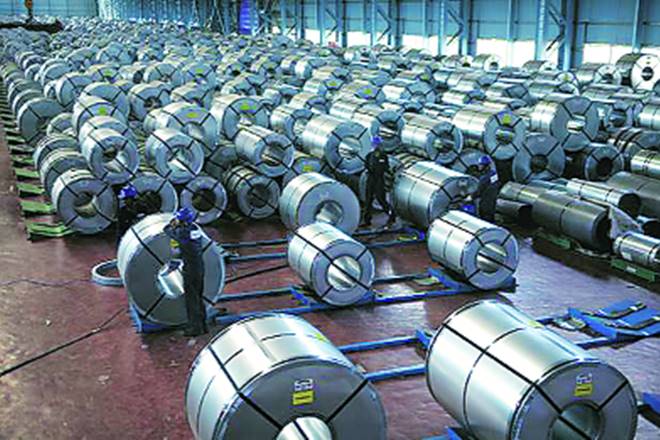Compressed air is such a utility that needs outmost attention for protecting the machine health and safety of extended operations. Two main characteristics in compressed air that Contaminants from air could lead to expensive machine failure and downtime; Pressurized air is a health risk to employees if left unchecked. Every equipment in the compressed air system from demand to supply should undergo inspection before starting up. The manufacturer must ensure the compressed air quality complies with the respective ISO 8573.1 Class for their application. Here is a glimpse at the basic things to look over for in the compressed air generation and treatment equipments.
Air Compressor
Most important point while restarting compressor is to refer to the user’s manual provided by the individual compressor manufacturers. Verify sensor voltage and solenoid valves. Also ensure the safety features and relief valves are working properly. Other important checks are for consumables such as oil quality and filters.
External factors such as ventilation; feed water and compressor room temperature also need verification, considering the summer season. Most modern compressors have troubleshooting capabilities and need manual checks otherwise.
Aftercooler
Aftercooler reduces the temperature of the compressed air and remove majority of the condensate from air. Examine the tubes and plates of both, air and water cooled aftercooler heat exchangers for scale and rust formation. These are developed as a result of moisture and restrict air, raising pressure drop and energy consumption. The air cooled aftercooler fins must be cleaned as its tiny spaces can be clogged by dust due to inactivity.
Air Receiver
Air receivers store air, collect condensate and alleviate the load on compressors. Being a high pressure air tank, their failure can be disastrous. The structural integrity of air receiver must be assessed for cracks, corrosion and weld failure. The pressure gauge must be also inspected and re-calibrated if required. The condensate management equipment’s must be drained in air after cooler and receiver as these may be storing considerable amount of water in them.
Air filters
Filters can have a reduced life and cause large pressure drop due to deterioration of filter elements and excess oil from compressor. Remove the filter casing to check the integrity of the filter cartridge, if possible. Ensure the filter has low pressure drop once the compressor is switched on, or the energy consumption of compressor will increase dramatically.
Refrigerated Dryer
Refrigerated air dryers need special attention during restart because of the possibility of refrigerant leakage. The compressed air line must be depressurized before the checks. Check the standing pressure of the Refrigerant to ensure that there is no gas leak. Clean the fins for air cooled condenser as well as check water pressure for water cooled.
Desiccant dryer
Desiccant dryers are employed for critical applications. So their restart should follow all safety procedures. Different components such as the timer, actuation valves and desiccant must retain quality. The dryer must successfully switch between tanks after each cycle. Other import checks are for the filter cartridges and condensate drains as these could have obstructions.
“Validating compressed air system before resuming operation is about much more than about safety. Due to its vast nature of application, energy spent on compressed air can top the list of cost in a plant.”
Have your preferred airing partner assist in following guidelines to optimize machine tool performance and drive cost effective operations.
Source:SANPAR Industries
